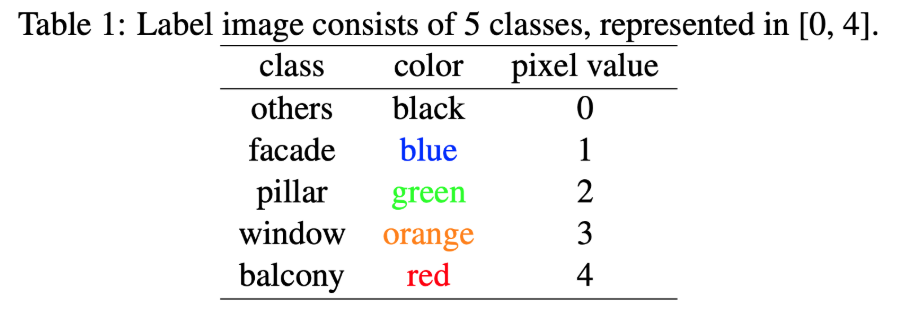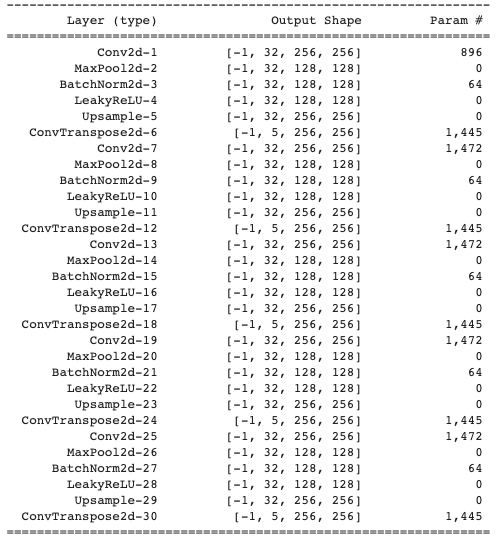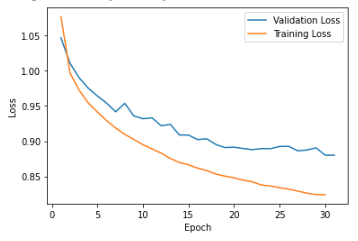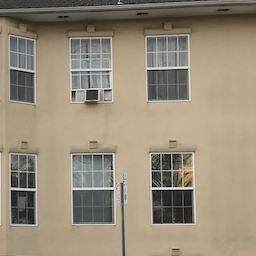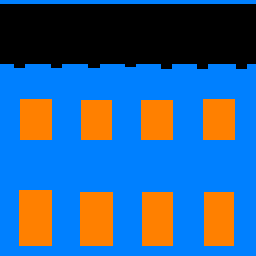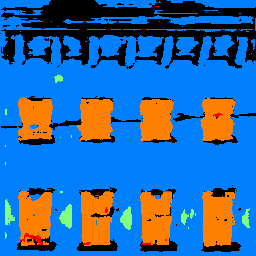Part 1: Image Classification
We will use the Fasion MNIST dataset available in torchvision.datasets.FashionMNIST for training our model. Fashion MNIST has 10 classes and 60000 train + validation images and 10000 test images.
Here are a few images and their corresponding classes


2 - Pullover | 9 - Ankle Boot | 1 - Trouser | 5 - Sandall | 1 - Trouser | 2 - Ankle Boot | 0 - T-shirt/top | 3 - Dress
Train and validation accuracy during the training process.
As you can see, my final average validation accuracy was 91%. Ultimately, I used the criterion of Cross Entropy Loss and used the Adam Optimizer with a learning rate of 0.0005 and a weight decay of 0.00001. I left the number of channels as 32, and used a LeakyRelu non-linearity.
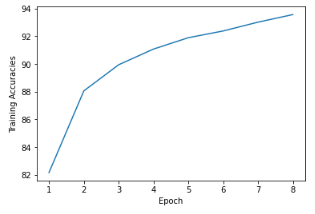
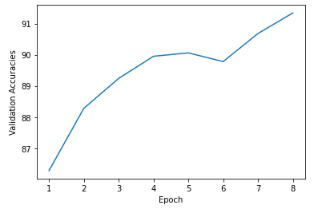
Per class accuracy of my classifier on the validation and test dataset.
The classes which were hardest to classify are 0, 2, 4, and 6 which correspond to T-shirt/Top, Pullover, Coat, and Shirt. This is likely because all four of these categories are similar in shape and are mistaken for one another.
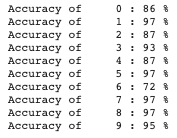
2 images from each class which the network classifies correctly, and 2 more images where it classifies incorrectly.

|

|

|

|

|

|

|

|

|

|

|

|
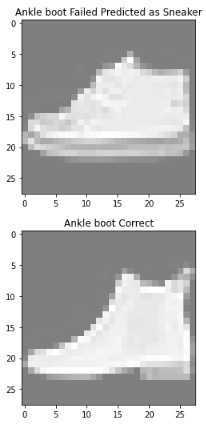
|
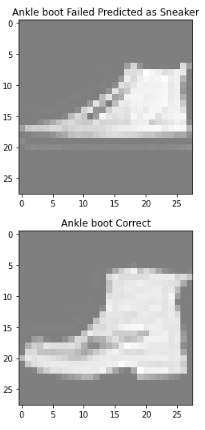
|
Visualize the learned filters.
I visualized the first convolutional layer with the help of this tutorial and this colab notebook

